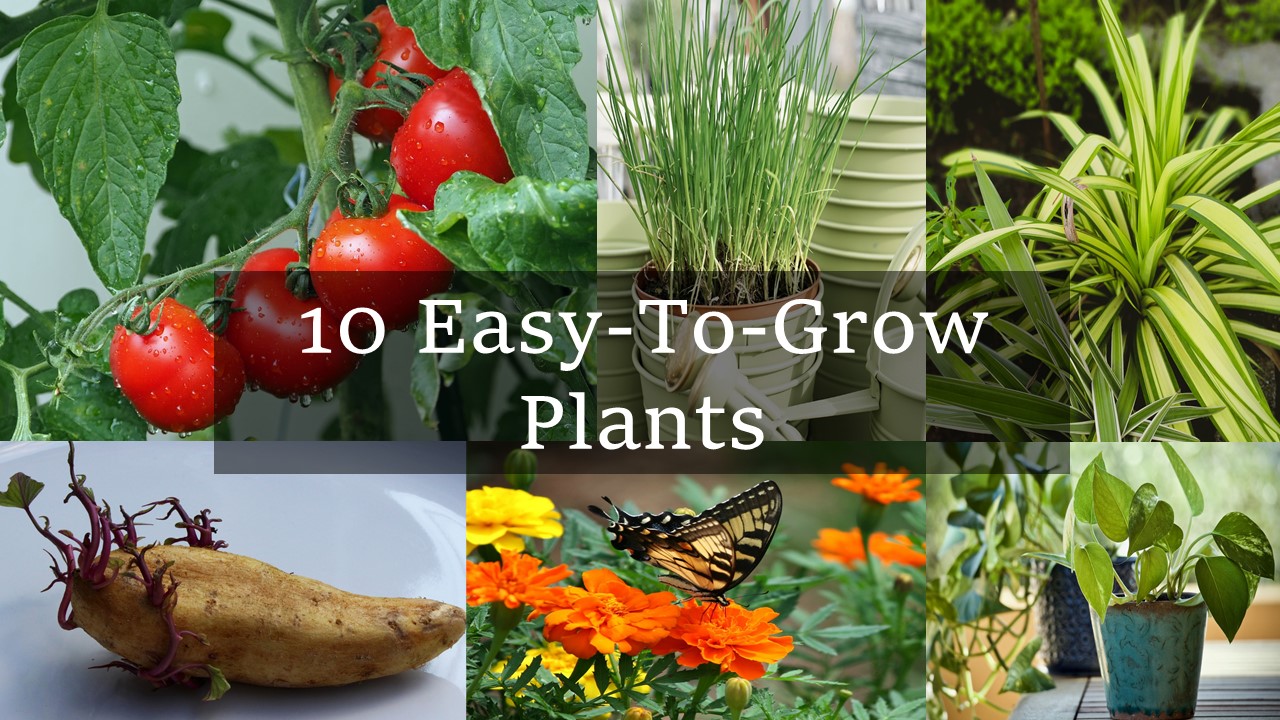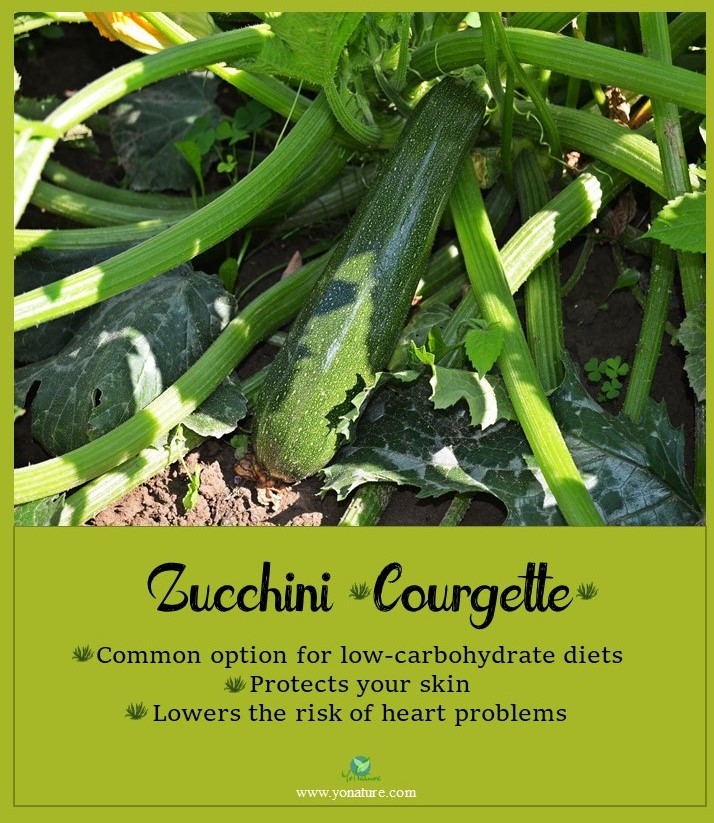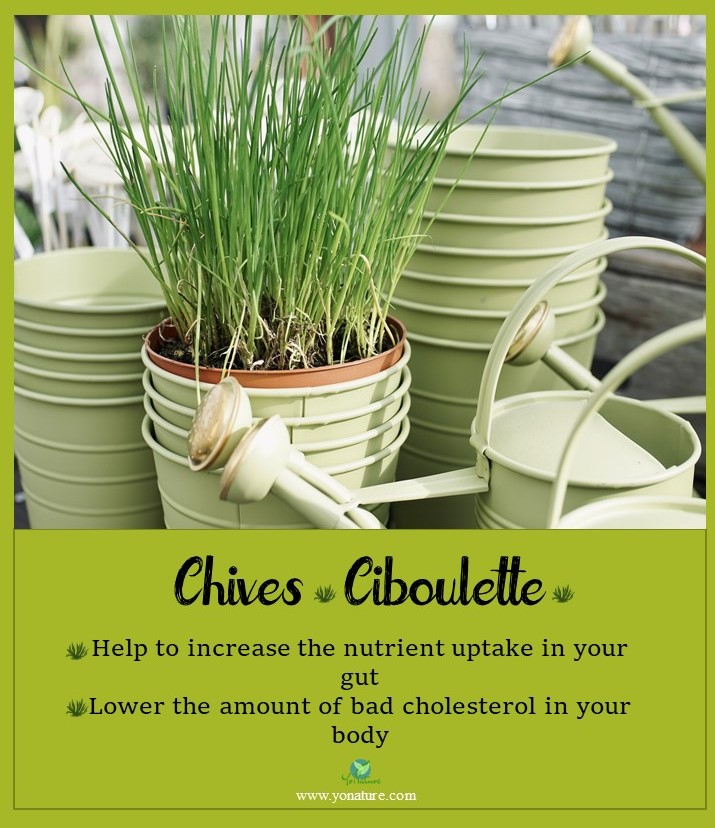10 best easy-to-grow plants for new gardeners

Gardening can be really fun. Kids to elderly people can partake in the activity, spending some quality time outdoors. Indeed, there is something fascinating about watching a seed sprout into a little plant in a few days. As it is, some plants are quite easy to grow both for kids and new adult gardeners.
Benefits of growing plants
Whether it’s to watch butterflies fly around colourful flowers or to harvest fresh produce, growing plants have a number of benefits. It includes
- Staying in shape as it is a form of physical exercise,
- Thus, it improves your overall health,
- Inspires you to eat more fruits and vegetables,
- Betters your mental well-being by making you more responsible and more apt to achieve your goals,
- Makes you more concerned about environmental issues and
- Increases your social well-being by connecting you with people who share the same passion.
Top 10 best and easy to grow plants
So, here is a list of 10 plants that grow very easily and basically everywhere. They also do not require a lot of attention if you are a new gardener.
Easy-to-grow Indoor/Outdoor Plants
1. Aloe Vera
Without a doubt, one of the easiest plants to grow is the Aloe Vera (Aloe barbadensis miller). As long as it gets plenty of sunshine, it will grow well both indoors and outdoors.
It is a succulent with thick leaves that contain a watery gel. As a matter of fact, the Greeks, Chinese and Egyptians have used this gel as medicine for millennia. Today also, we use it in various medicinal and beauty products as well as in foodstuffs and beverages.
How to grow Aloe:
Fill your pot with sandy soil or potting soil that is well aired. This allows water to circulate easily. Place your Aloe cutting or pup into the soil and water.
As a succulent, Aloe grows best in dry conditions. So, water only when the soil is dry and place the pot in full sun. It does not require fertilizer as such but you can add some once a year.
2. Spider plant
Spider plants (Chlorophytum comosum) are one of the best plants to grow in hanging baskets. They have long, thin green leaves that are variegated with white or sometimes solid green only.
Young shoots dangle from the mother plant like little spiders and hence the name. People commonly use it to clean indoor air as it absorbs indoor pollutants like formaldehyde, carbon monoxide, and toluene.
How to grow the Spider plant:
Place well-drained potting mix in your pot. Place your little spider plant shoot with its roots in the soil. Water the plant as required: not too wet and not too dry. Place it in a moderate sunlit place but not in direct sunlight.
You can also fertilize the plant every month. Spider plants grow very quick so you will get new plants every year.

3. Pothos
If you are a downright beginner at caring for plants, you should definitely get a Pothos plant (Epipremnum aureum). Though this plant requires very little care, it grows into a beautiful dangling ivy.
It does well in bright sunlight as well as dark conditions. It can also withstand a lot of water to very little water. Because of its ability to survive in various conditions, we also call Pothos the Devil’s ivy.
People use the Pothos plant to purify indoor air as well. It is especially beneficial in garages where it can absorb pollutants from exhausts and paints.
How to grow Pothos:
Clip small portions from the mother plant and let them grow roots in water. You can thus keep the plant in jugs or in other containers.
Or, you can also transfer clippings directly to the soil. Keep them in moderately lit places and water them when the soil becomes dry. You can also fertilize the plant three to four times per year.
Pothos is toxic
Unfortunately, the only downside with Pothos is that it is toxic to pets and children. The plant contains calcium oxalates that leads to vomiting if you ingest it. If you have sensitive skin also, the sap can cause rashes. So, it is best to keep it out of the reach of children, cats and dogs.

Easy-to-grow Vegetables
4. Tomatoes
If you want to grow some vegetables to harvest, tomatoes top the list. It is in fact one of the most common plants that people grow and also a fun way for kids to start gardening. Tomatoes (Solanum lycopersicum) germinate quite quickly and produce fruits within a month. Indeed, the taste of a tomato right off your garden is quite different from the one that you buy in a store!
Eating fresh tomatoes has a number of health benefits like preventing cancer, protecting your heart and keeping your skin in good condition.
How to grow tomatoes:
Mix compost to well-aerated soil in your garden or to the potting mix if you want to grow in pots. Or you can transfer seedlings directly to the soil. You must also choose a spot where the plants get plenty of sunshine. As the seeds sprout, water regularly so the soil remains moist but not overflowing. To get nutritious fruits, add compost regularly and prune as required.
5. Zucchini (Courgette)
Zucchini (Cucurbita pepo) is also a relatively easy plant to grow that produces a huge harvest! Most people know it by its French name Courgette. This green squash is today a common option for low-carbohydrate diets often substituting pasta. Zucchini contains several nutrients that protect your skin and lower the risk of heart problems.
How to grow Zucchini:
In general, there are two varieties of zucchini. The first one trails on the ground and so requires some space to grow. The second one is a bush type that you can grow in containers.
You can sow seeds directly into soil mixed with compost or grow seedlings. Place your plants in regions of full sunlight and keep the soil moist. Water at the soil level only to prevent the leaves and flowers from rotting. You must also feed your plants with compost every month or so to make the fruits rich in nutrients.

6. Potatoes
As a matter of fact, potatoes are a staple part of the human diet along with rice and wheat. If you especially like French fries or baked potatoes, growing potatoes is also very easy. While most plants produce fruits on their branches, potatoes (Solanum tuberosum) grow under the ground. So, harvest time is like a treasure hunt!
Unskinned potatoes have more potassium than bananas and contain loads of magnesium, calcium and folate.
How to grow potatoes:
You can grow your potatoes from seeds, but it is best to use tubers with eyes. Choose a place in your garden that receives plenty of sunshine and add your tuber directly to the soil. You must also add mulch like straw to keep the soil moist. As the shoot grows, you can add more soil with compost. Water your plant regularly keeping the soil moist.
Hilling potatoes
Also, you must hill, that is, add more soil and mulch, to the plants three to four times before the plant reaches one foot. Hilling prevents sunlight from reaching the potatoes which could otherwise produce a toxin, solanine. This chemical makes potatoes bitter and inedible. When the foliage starts to die, you can harvest your potatoes!
Easy-to-grow Herbs
7. Mint
As for herbs, wild mint (mentha longifolia) is definitely very easy to grow. But the same goes for all varieties of mint (peppermint, spearmint, chocolate mint and sweet mint). You can put mint in small pots in your kitchen or plant it in your garden. But, if you leave it unchecked, it takes over large areas!
Mint is a common ingredient in medicines mainly because of menthol, its essential oil component. You can use mint to boost your immune system, heal wounds and cure stomach pains.
How to grow mint:
To grow mint, you can either use seeds or seedlings. Place them in soil mixed with compost in a sunny spot in your garden or kitchen. But avoid sunny areas as too much sunlight can kill them. Water them regularly to keep the soil moist. You can harvest the leaves every now and then to keep the plant in check.
8. Chives
Chives are also herbs that grow very easily. There are basically two types that you can grow: common chives (Allium schoenoprasum) or garlic chives (Allium tuberosum). Garlic chive is also called Queue d’ail or Ciboulette in French.
Chive is a bulbous plant with thin, green, long stems. You use the sliced stems to add flavor to dishes like soups, sauces and salads. Interestingly, chives help to increase the nutrient uptake in your gut and lower the amount of bad cholesterol in your body.
How to grow chives:
You can grow chives in small pots in your kitchen or in your garden. Add compost to your soil and sow your chive seeds or the easiest method, plant rooted clumps.
Place them in a sunny spot and water the plants regularly. Growing chives requires very little attention as it is. But the plant can easily spread around if unchecked. So, it’s best to remove the flowers once they bloom to prevent the seeds from scattering.

Easy-to-grow Flowers
9. Sunflowers
When it comes to flowers, Sunflowers (Helianthus annuus) are definitely one of the most beautiful plants to grow. There are some dwarf species that stay short but the giant ones can grow up to 16 feet! So, you may want to eventually support them with sticks.
As the flowers are huge with plenty of pollen, they attract a lot of pollinators like bees, butterflies and birds. Sunflowers can absorb heavy metals like lead and arsenic in soils when grown in large numbers.
How to grow Sunflowers:
Sunflowers are not picky when it comes to soil though it’s better to choose a well-drained one. Make sure that water does not accumulate there during rainfall or watering. Mix some good compost to your soil and plant your seed in a place where there is plenty of sunshine (6/8 hours). Sunflowers typically tolerate dry conditions so you can water them once a week.

10. Marigold
If you are looking for bright flowers to grow in your garden or in pots, Marigold is a must. They produce cheerful blooms with yellow, orange, red and gold hues. There are different varieties of marigolds but Calendula (Calendula officinalis) has a number of benefits. People use the petals as edible decorations and drink concoctions to treat various health problems. It includes sore throat, menstrual irregularities and insomnia.
How to grow Marigolds:
To grow these beautiful flowers, you can plant the seeds directly into the soil or start them indoors. Or you can use Marigold clippings as well. Though Marigolds can tolerate a wide range of conditions, it is best to choose aerated soil with plenty of sunshine. You can add compost to your soil before planting the seed or water with diluted fertilizer every one and then.

Pingback: 8 Effects of Drought on the Environment 2022 - Environment Go!